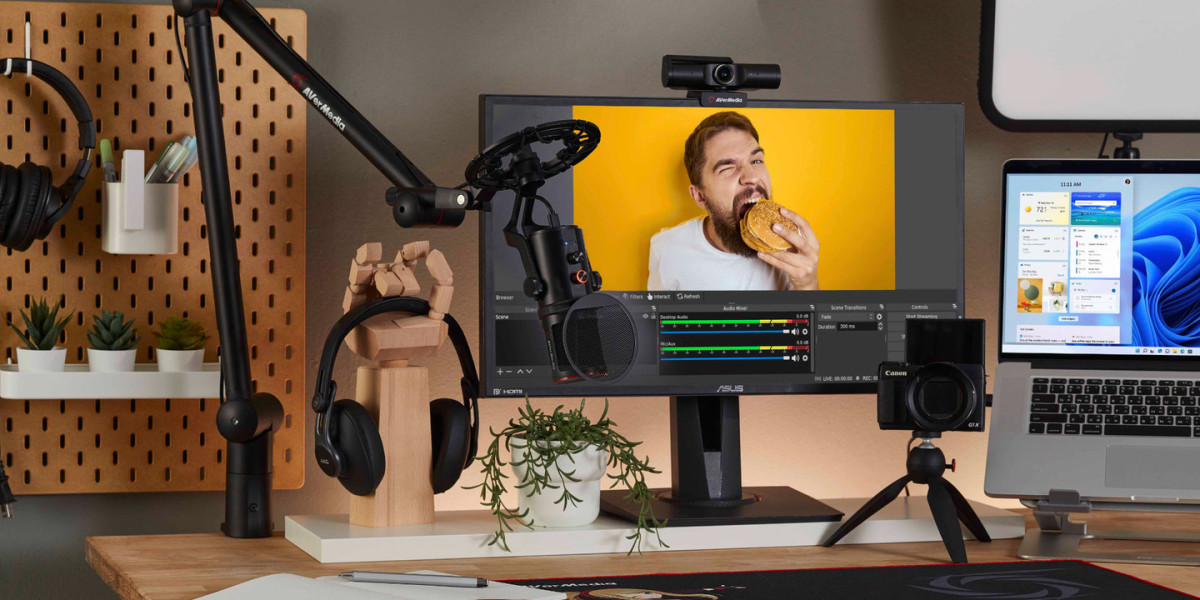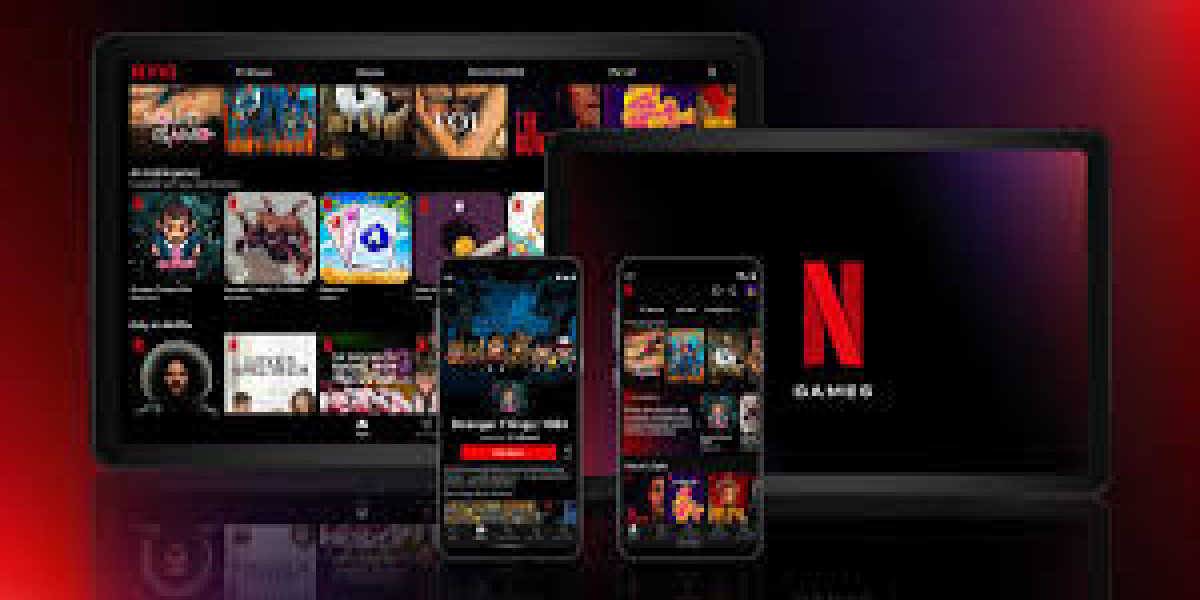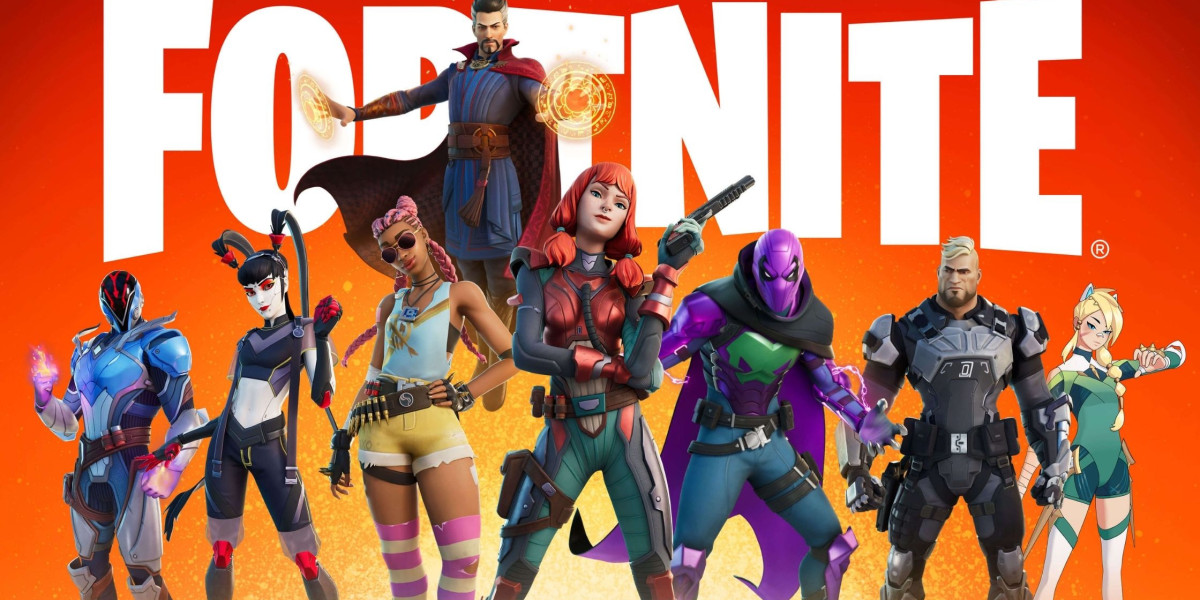The New Face of Business
Ten years ago, online business was mostly about selling products and running ads. Today, people are the brands. The creator economy allows anyone with a smartphone, creativity, and consistency to reach millions. Platforms like YouTube, TikTok, and Instagram have become launchpads for personal businesses, while newsletters, podcasts, and online courses have opened doors for niche creators.
Creators are not just entertainers—they are educators, thought leaders, and digital entrepreneurs. They sell everything from fashion and fitness programs to e-books, NFTs, and AI tools. Their communities trust them more than traditional advertising, which is why brands are now redirecting marketing budgets toward creator partnerships instead of TV or banner ads.
The Power of Authentic Connection
Traditional advertising often felt impersonal. The creator economy flips that completely. When audiences follow creators, they build real emotional connections. Followers buy because they feel part of a story, not because they were targeted by an algorithm. This authenticity is why micro-influencers—those with smaller but highly engaged audiences—are becoming more valuable than massive celebrity accounts.
Businesses are learning that people trust people more than logos. A skincare brand collaborating with a relatable creator can outperform a million-dollar ad campaign if the partnership feels genuine. This new model is driving organic growth and creating long-term loyalty rather than one-time sales.
New Paths to Monetization
In 2025, creators are no longer relying only on brand deals. Multiple income streams now define online success. Common revenue paths include affiliate marketing, paid subscriptions, digital products, coaching, and sponsored events. Many creators also launch their own merchandise or digital services, building independent brands that outlast platform trends.
The introduction of new monetization features—like YouTube’s Super Thanks, Instagram’s Subscriptions, and TikTok’s Creator Rewards Program—has made it easier for creators to earn directly from their audiences. As a result, thousands of creators now treat content creation as a full-time business, hiring teams, forming LLCs, and investing in marketing like traditional companies.
How Businesses Are Adapting
Smart brands are adapting by treating creators as strategic partners, not just ad space. They co-create campaigns, share data insights, and even collaborate on product design. Some companies now have in-house creator teams, merging content creation with corporate branding.
For small businesses, working with local or niche creators provides cost-effective access to specific audiences. Instead of expensive ad campaigns, they can sponsor authentic content that drives measurable results—sales, clicks, and community engagement.
The Technology Driving It All
AI tools and automation are powering this revolution. From script generators and video editors to analytics dashboards, creators now have professional-level technology at their fingertips. This accessibility allows them to produce high-quality content faster, understand their audiences better, and manage their business like a digital startup.
Blockchain and Web3 are also changing how creators earn. Ownership of digital content, decentralized payouts, and community tokens are giving creators more control over their income and intellectual property.
The Future of the Creator Economy
The creator economy is not a trend—it’s a transformation. As more people choose to work independently, we’re witnessing the birth of a new digital middle class powered by creativity and technology. Online business is no longer about selling products—it’s about sharing ideas, building trust, and creating value through personality and passion.
The next generation of entrepreneurs will not need office space or large teams. They will build audiences, nurture communities, and monetize authenticity. In a world where attention is currency, creators are becoming the new CEOs of the internet.




